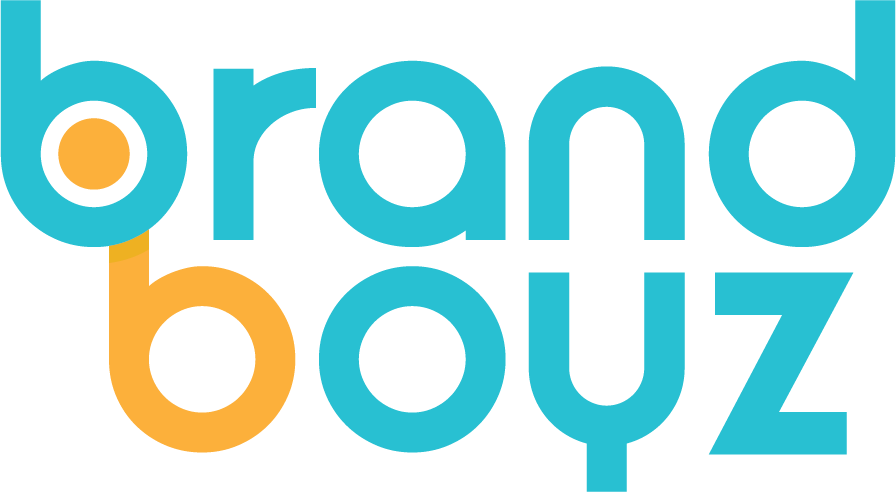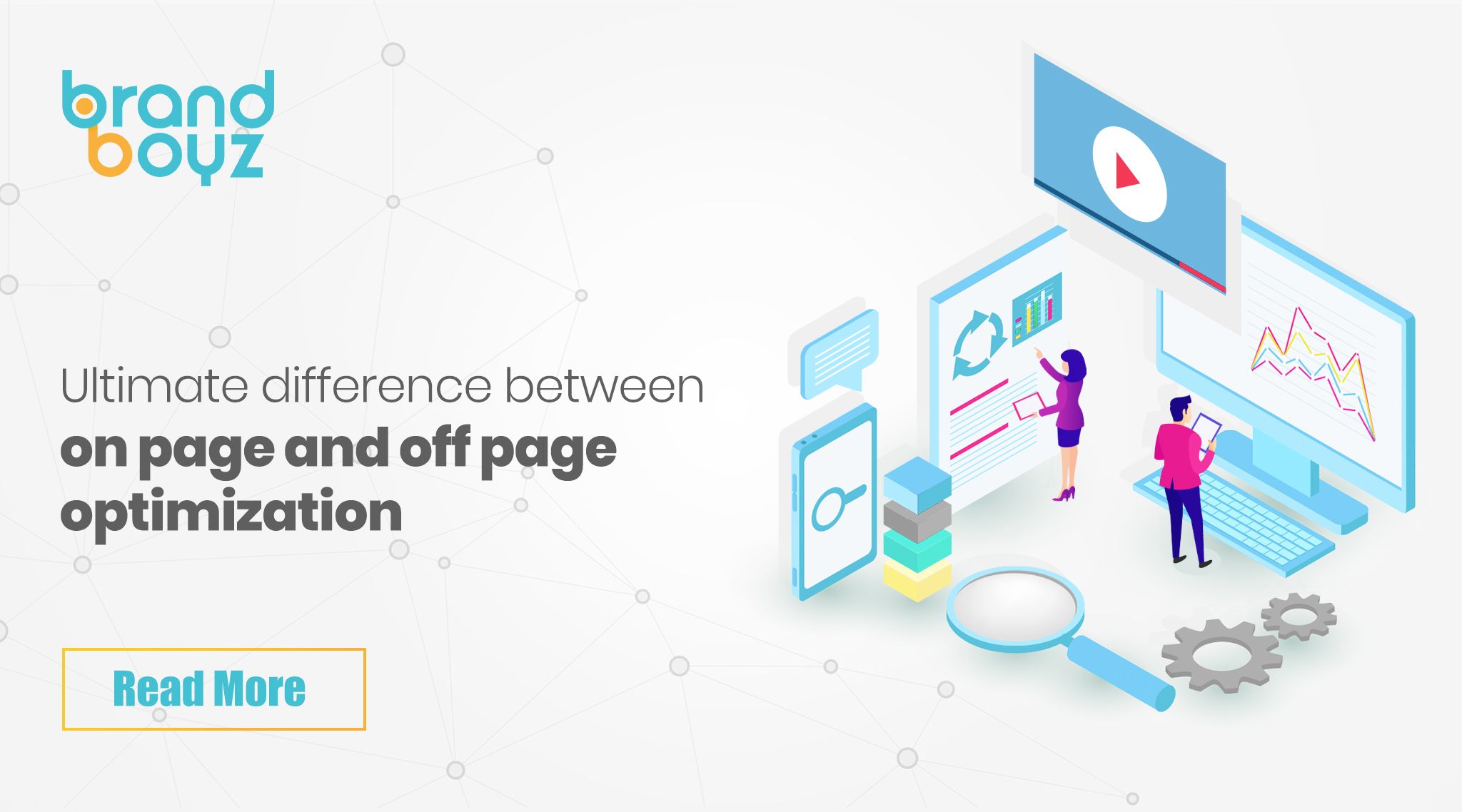Consumers all over the world have swear by search engines to take help in their day to day life. In order to stretch your website’s visibility a good SEO strategy is required. SEO strategy is nothing but a plan of action that aims to optimize websites for search engines. It has become the most essential requirement especially when it comes to the digital business model.
SEO builds up potential audience groups and increases the site’s credibility. Search engine optimization can be divided into two major parts; on page and off page optimization. These techniques speak on behalf of your website which helps in conveying more information about the site. They work together to achieve SEO strategic goals. These SEO market segments are equally important but they work differently.
The main difference between on page and off page optimization components is the optimized location. On page optimization stays on the content page while off page optimization catches third party sites such as directories, blogs and social media.
What is on page optimization?
The on page optimization done on the pages of the website gives advantage to the website. It prepares your website for the high ranking by making it easy for search engines to take them under consideration by previewing them with the help of SERP by using relevant keywords.
In order to make the on page optimization successful, different components are placed. It involves content, keywords, title tags, meta description, alt text, SSL, SEF URLs, REP, internal links, website performance, etc. These factors help in analyzing the complete website.
Read: PPC Management Service, an essential digital marketing scheme
On page optimization manage pages on the website by managing minute details, which will cause a lot of online traffic to the website. There is no doubt that content is the most important thing on the page. It is considered to be the king factor.
It provides accuracy in conveying the message that one actually wants to disseminate. The second important thing is the title tag. This refers to the topmost heading of the website that appears on the SERP.
On page optimization also includes image optimization, which is further divided into three parts; image alt tags, keyword usage, minimum file size. The alt tag of an optimized image bears keywords and they have a limit of 15 words. This is one of the best on page strategies.
With changing times, a page’s security has become more important than ever. In this way, it is necessary to allow the use of Secure Sockets Layer (SSL) is the need of the hour. It prevents third parties from invading your website by ensuring the safety of the data entered on the website.
In addition to internal linking, it also helps increase customer engagement. Page performance is also an important factor to take care of. If the page redirects or responds slowly, it can easily annoy users and therefore affect your online presence.
What is off page optimization?
Off Page optimization focuses on activities that are executed outside the website. It includes link building, guest blogging, social bookmarking and social media advertising & marketing. These are the tactics used for building up good quality backlinks to a webpage which increases popularity of the site.
Backlinks should be of high quality because it will attract users and crawlers to the website. This affects the organic ranking base which is highly dependent on relevance and command it carries. Speaking of guest blogging, it improves customer engagement with the help of backlinks.
Also Read: 5 hidden importance of digital marketing for business in 2022
One thing that should be taken care of is the quality of the content. Last but not the least, social media covers the main activities while optimizing. Today people are more active on social media sites than any other website or page.
It plays a very important role in optimization. The higher the popularity of your content through sharing, the higher the ranking. It invites customers from third party zones increasing the visibility of a particular website.




